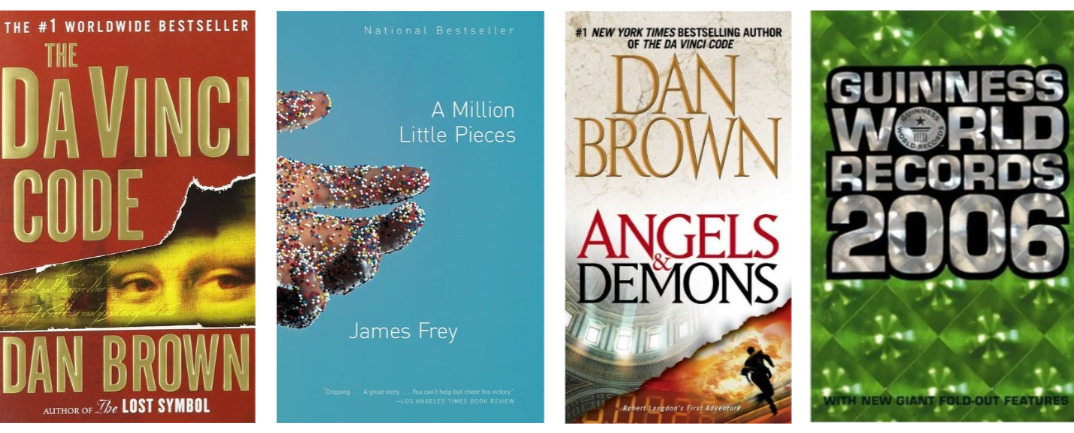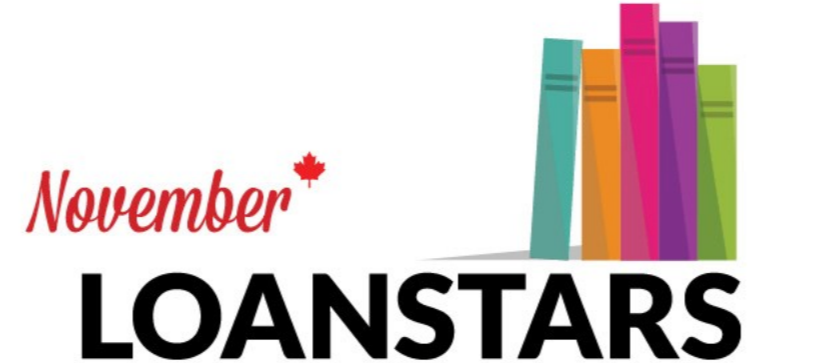We’re back with more data from the Canadian Book Consumer survey, in anticipation of the Canadian Book Consumer Study 2023, out this spring.
Last time, we discovered the book buying habits of Canadians in 2023. Today, we’re taking a look at another important group of Canadian book consumers — Canadian book borrowers.
Before we get to the data, some background information on the Canadian Book Consumer survey: Active since 2012, it's our annual survey of Canadians and Canadian book consumers. In it, we survey Canadians quarterly about their book buying, borrowing, and other book-related behaviours. In 2023, we surveyed a total of 4,270 Canadians — 24% of them borrowed a book from a public library.
If you’re interested in the numbers behind the graphs below, you can find our source data here.
What did we learn about Canadian book borrowers in 2023?
Book borrowers are visiting the library online and in-person
In 2023, Canadian library book borrowers visited the library online and in-person more than ever before.
Since 2020, the percentage of Canadian book borrowers who visited the library online at least one a month has increased 72% from 50% in 2020 to 86% in 2023. The percentage of book borrowers who visited the library in-person also increased 24% from 59% in 2020 to 73% in 2023, shown in the graph below — click on any of the graphs below to see the full data!
The graph below shows the frequency of these monthly library visits in 2023. Most Canadian book borrowers visit the library one to four times a month — 65% of book borrowers visited online and 46% visited in-person.
As with past years, the most popular reasons for Canadian library book borrowers to visit the library in 2023 were:
to pick up hold(s) — 42%;
to browse displays and shelves for books to borrow — 33%;
to discover a new book, author, and/or illustrator — 25%
to study/work/research — 18%; and
to put books/materials on hold — 17%.
Book borrowers are borrowing print books
Overall, 72% of all books borrowed by Canadians in 2023 were print books, 18% were ebooks, and 10% were audiobooks, shown in the graph below. On average, Canadian library book borrowers borrowed 5.0 books a months in 2023 — 3.6 print books, 0.9 ebooks, and 0.5 audiobooks.
Similarly, 70% of book borrowers chose print books as their preferred book format, while 17% preferred ebooks, 9% preferred audiobooks, and 5% had no format preference.
What if their preferred book format isn’t available? About one third of Canadian book borrowers in 2023 will borrow a book in another format (32%), another third will sometimes borrow a book in another format (36%), and less than a quarter will not borrow a book in another format (20%). The remaining Canadian book borrowers were unsure (11%). The graph below shows this question broken down by format preference. Here, Canadian book borrowers who prefer ebooks or audiobooks are most likely to borrow a book in another format if their preferred format is not available.
While most Canadian book borrowers only borrowed books from the library in 2023 (73%), some book borrowers also borrowed or used other things from the library, like:
DVDs — 9%
Magazines — 8%
Internet/Wi-Fi — 4%
Similar to past years, Canadian book borrowers borrowed, rather than bought, books for these top reasons in 2023:
To save money — 55%
I don't want to spend money on it — 43%
I want to read it, but don’t want to own it (or have others to see that I’m reading it) — 32%
To support my local library — 28%
It was too expensive to buy — 22%
Book borrowers mostly borrowing for themselves
More than half of Canadian book borrowers only borrowed books for themselves in 2023 (65%). Other Canadian book borrowers also borrowed books for:
an adult aged 18 or over — 14%;
a middle grade child aged 8-12 — 10%;
a young adult aged 13-17 — 8%;
a young child aged 4-7 — 8%; and/or
a young child aged 0-3 — 2%.
Only 21% of Canadian book borrowers lived alone in their household in 2023. Of the the remaining 79%, 36% lived with children:
13-17 years of age — 18%
11-12 years of age — 7%
6-8 years of age — 7%
9-10 years of age — 6%
3-5 years of age — 6%
Under 3 years of age — 4%
Shown in the graph below, around half of all Canadian book borrowers had some level of familiarity with Canadian and international children’s book awards in 2023, including:
Governor General’s Award for Young People’s Literature — 67% had some level of familiarity, 33% had never heard of it.
TD Canadian Children’s Literature Award — 58% had some level of familiarity, 42% had never heard of it.
Newbury Medal — 58% had some level of familiarity, 42% had never heard of it;
Canadian Children's Book Centre Awards — 57% had some level of familiarity, 43% had never heard of it.
Caldecott Medal — 49% had some level of familiarity, 51% had never heard of it.
Forest of Reading Awards — 43% had some level of familiarity, 57% had never heard of it.
We explored these children’s book awards in more depth in our study Winning Kidlit: The Impact of Children’s Book Awards 2022, available exclusively to SalesData and LibraryData subscribers.
Canadian book borrowers became aware of the books they borrowed in 2023 in a number of ways:
Browsing genre/subject area — 42%
Having searched specifically for this book — 36%
Browsing books by author/illustrator — 26%
Read other books by the author/illustrator — 23%
Recommendation/review — 20%
The most popular social media sites among Canadian book borrowers were YouTube (68%), Facebook (63%), and Instagram (47%). Although, 38% of Canadian book borrowers never visited book-specific online social network site/communities (e.g., 49th Shelf, LibraryThing, Goodreads, etc.) in 2023.
Altogether 65% of Canadian book borrowers saw marketing campaigns or ads for the types of books they were interested in (22% yes and 42% sometimes).
Book borrowers are getting books in other ways
Canadian book borrowers also got books in other ways in 2023:
46% bought books new
29% bought books secondhand
28% received books for free (including free downloads)
25% received books as a gift
24% borrowed books from someone they know
Want to learn more about Canadian book consumers?
Keep your eyes on our blog for the next instalment from the Canadian Book Consumer Study 2023 — and sign up for the research newsletter to be the first to know about all our upcoming research!



















Mid-year market data from the Tech Forum presentation, Ready, set, go: Pre-fall sales trends and data-driven insights.